The document discusses several mean value theorems: Rolle's theorem, Lagrange's mean value theorem, and Cauchy's mean value theorem. It also introduces the generalized mean value theorem and Taylor's theorem. Functions of several variables are examined including functional dependence and Jacobian. Maxima and minima of functions of two variables are also covered.










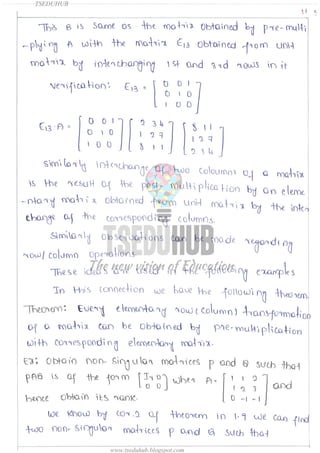










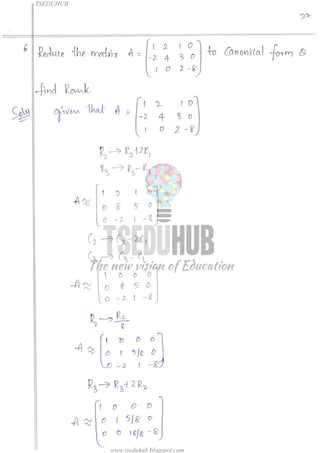


















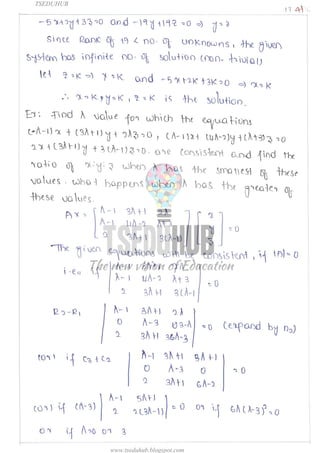












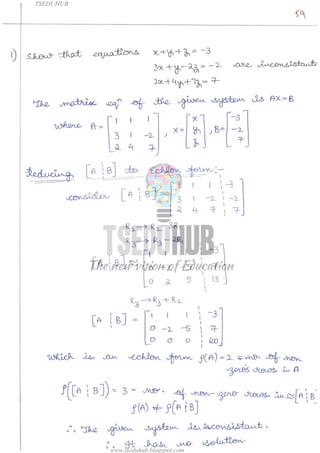







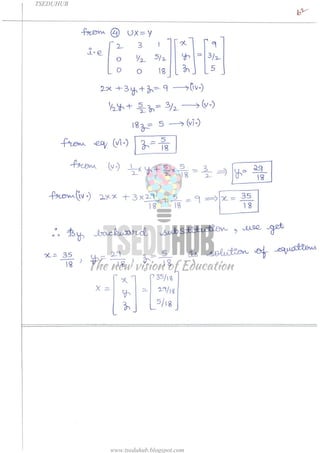




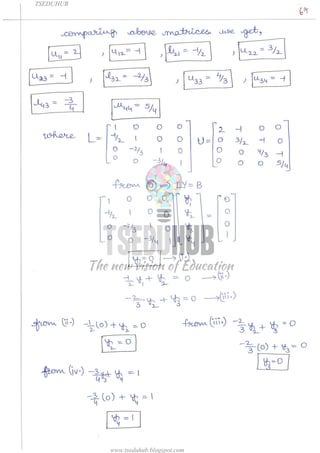







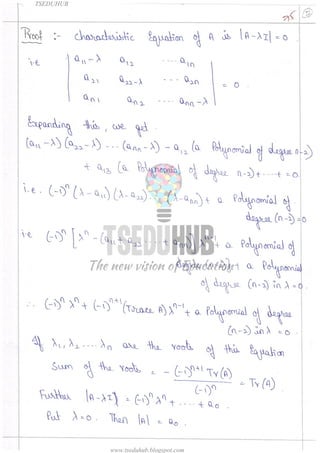












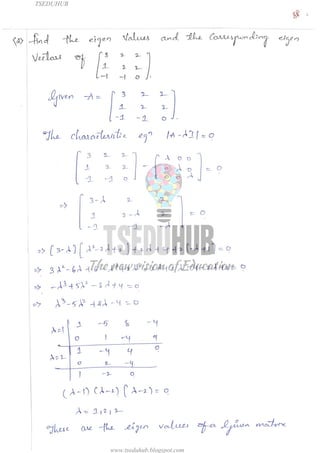































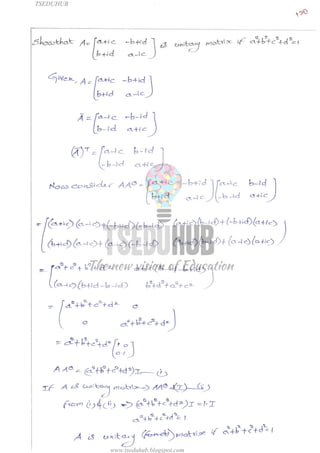








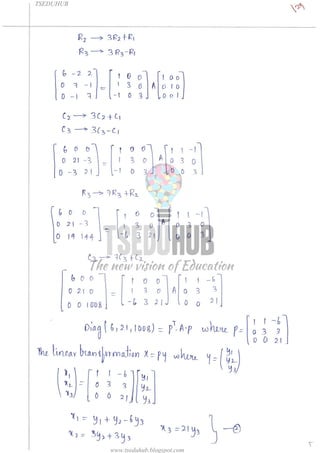






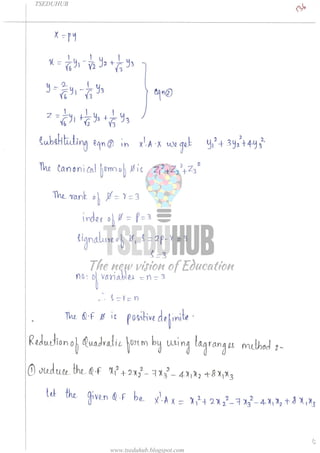


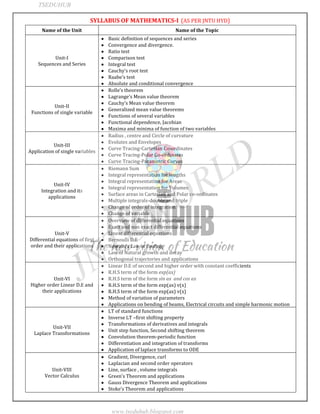

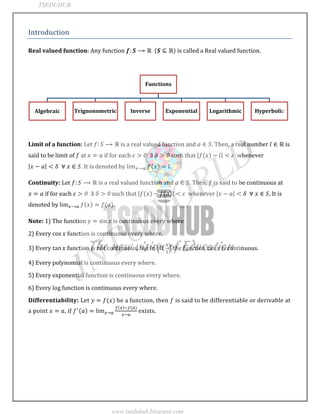







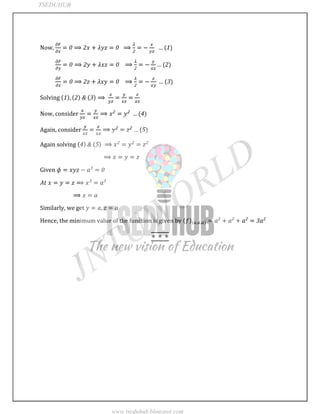
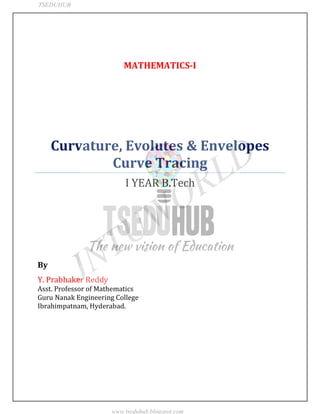
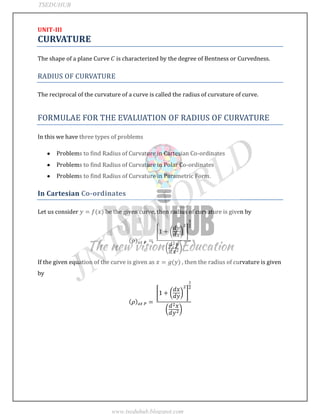






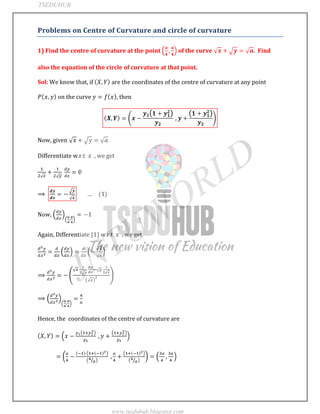












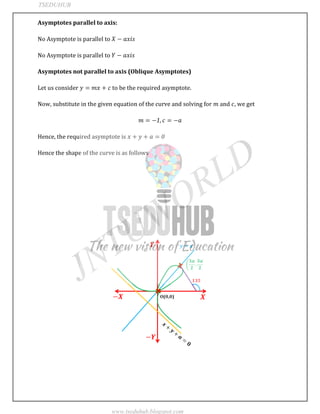













































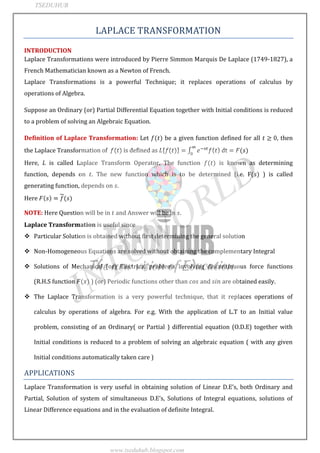


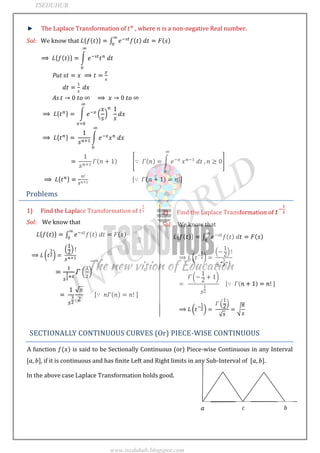





![JNTUWORLD
INVERSE LAPLACE TRANSFORMATION
Definition: If , then is known as Inverse Laplace Transformation of and it
is denoted by , where is known as Inverse Laplace Transform operator and is
such that .
Inverse Elementary Transformations of Some Elementary Functions
Problems based on Partial Fractions
A fraction of the form in which both powers and are positive numbers
is called rational algebraic function.
When the degree of the Numerator is Lower than the degree of Denominator, then the fraction is
called as Proper Fraction.
To Resolve Proper Fractions into Partial Fractions, we first factorize the denominator into real
factors. These will be either Linear (or) Quadratic and some factors may be repeated.
From the definitions of Algebra, a Proper fraction can be resolved into sum of Partial fractions.
S.No Factor of the Denominator Corresponding Partial Fractions
1.
Non-Repeated Linear Factor
Ex: , [ occurs only
one time]
2.
Repeated Linear Factor,
repeated r times
Ex:
3.
Non-repeated Quadratic
Expression
Ex:
, Here atleast one of
4.
Repeated Quadratic
Expression, repeated r times
Ex:
TSEDUHUB
www.tseduhub.blogspot.com](https://image.slidesharecdn.com/m1completenotes-180508134333/85/M1-complete-notes-226-320.jpg)









